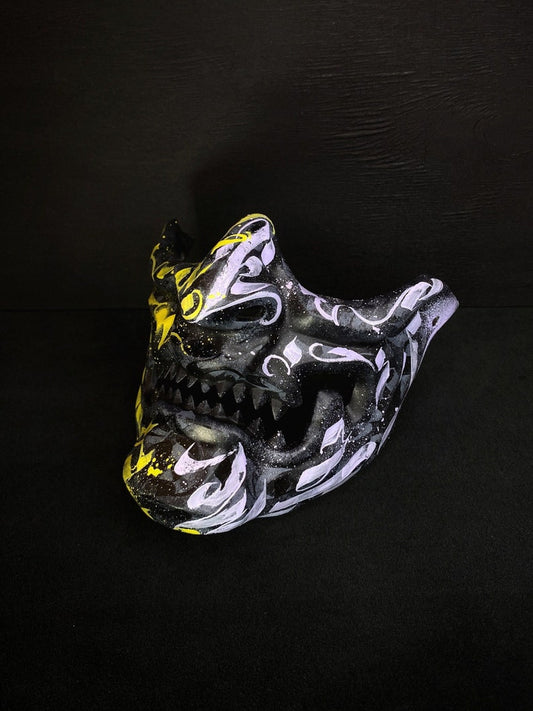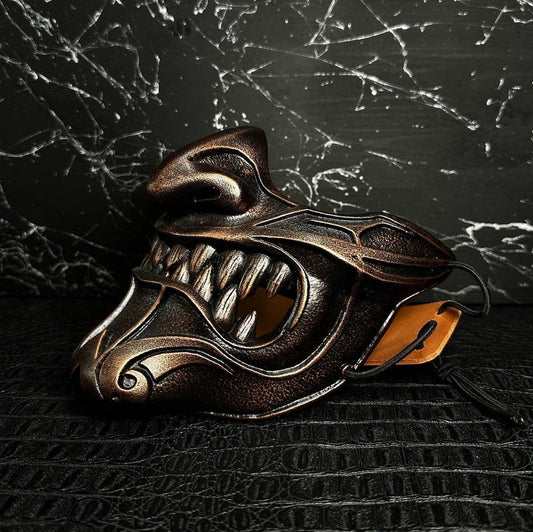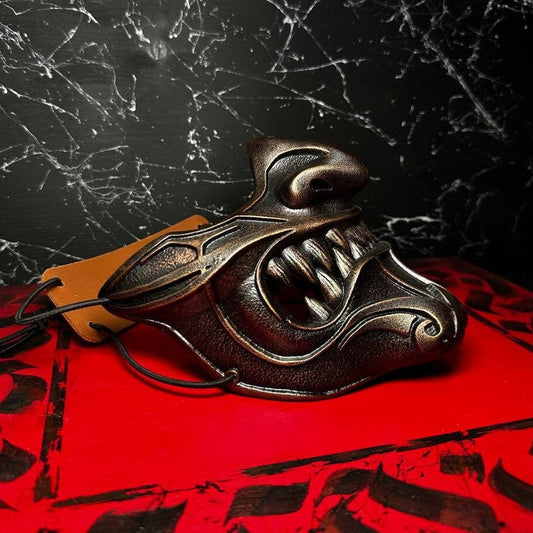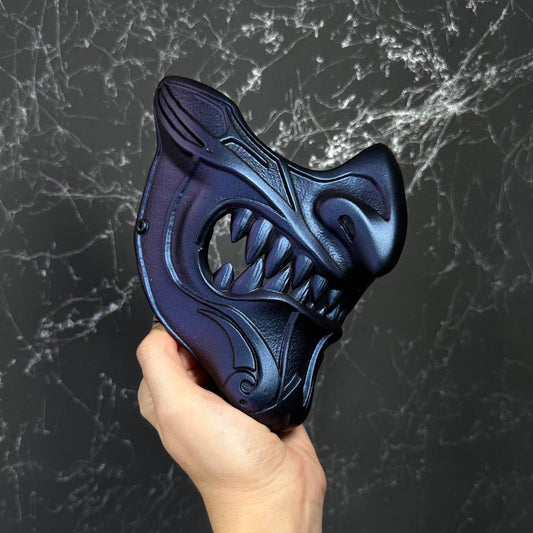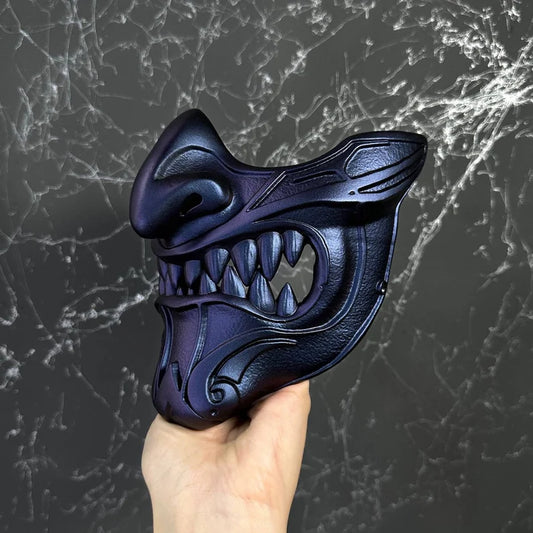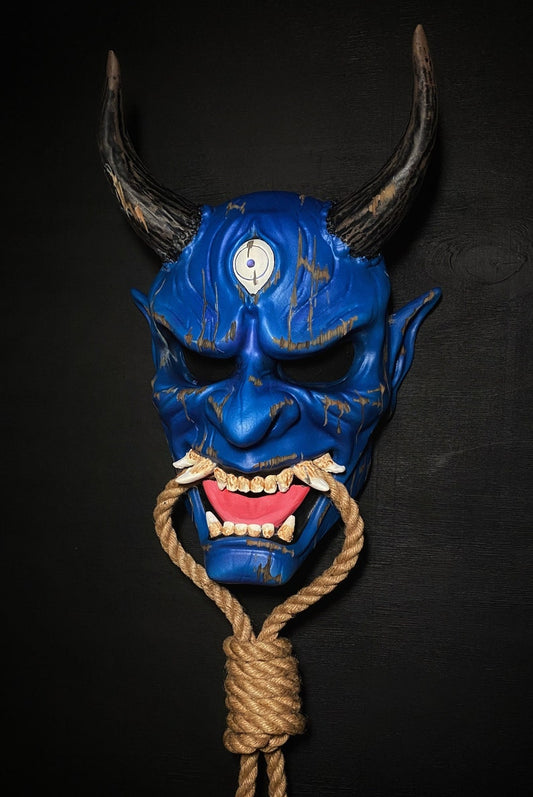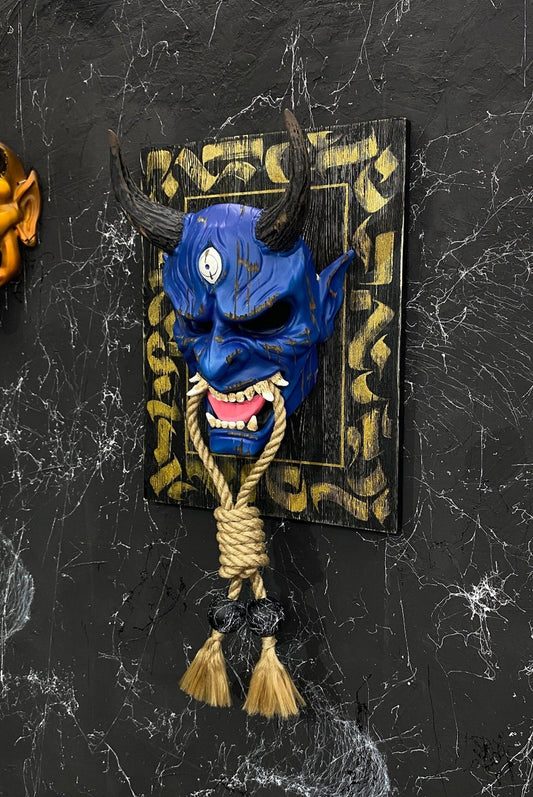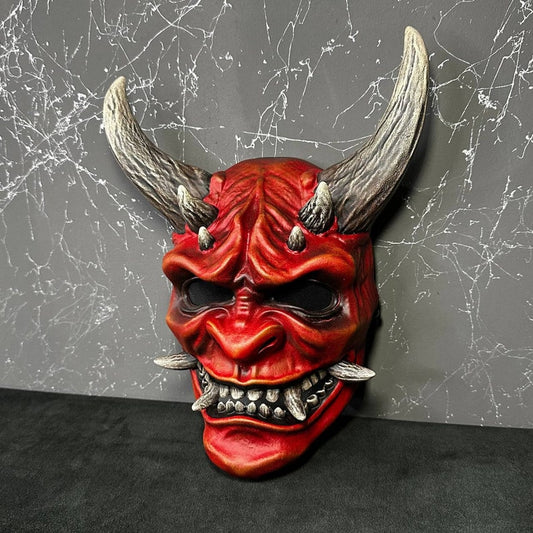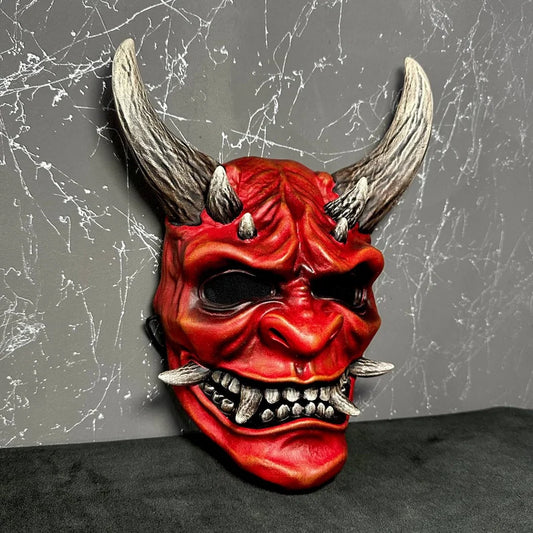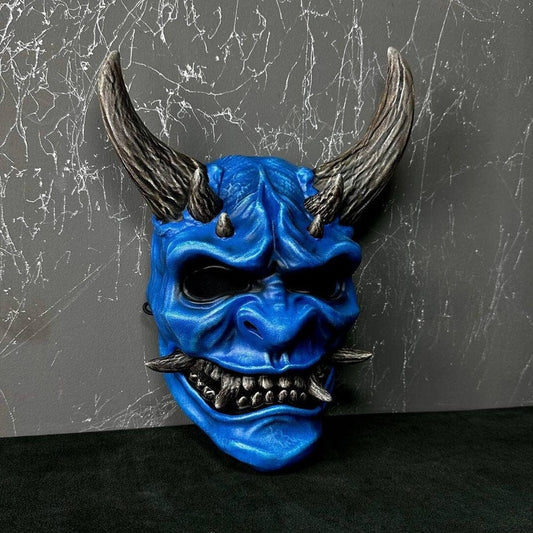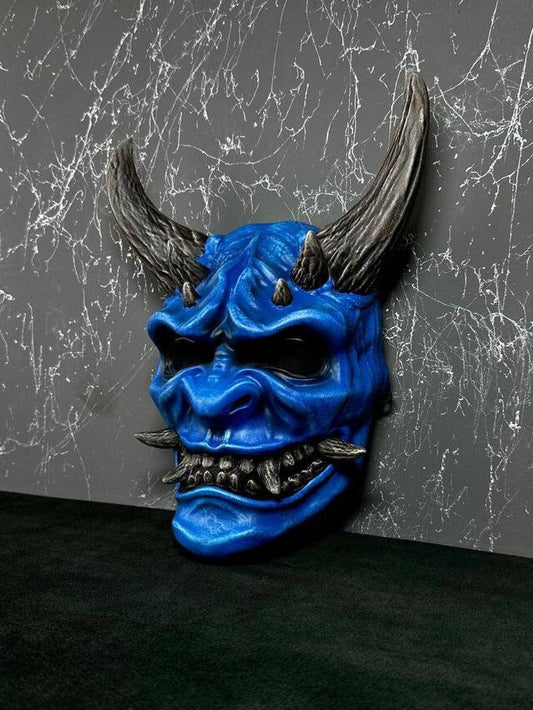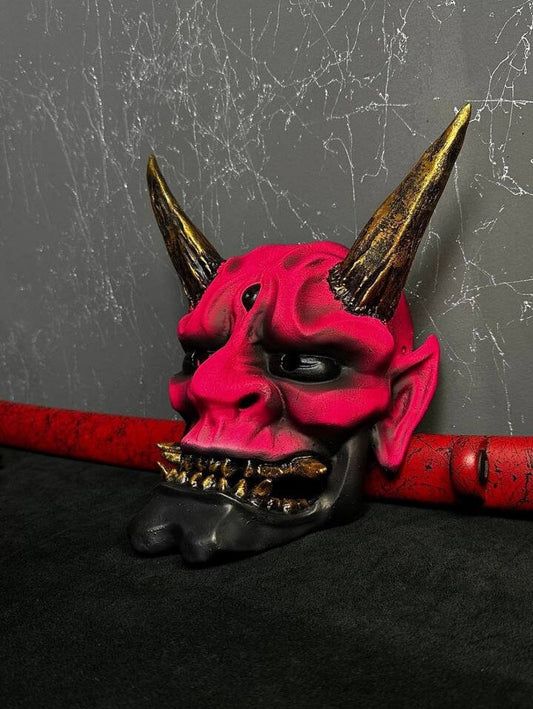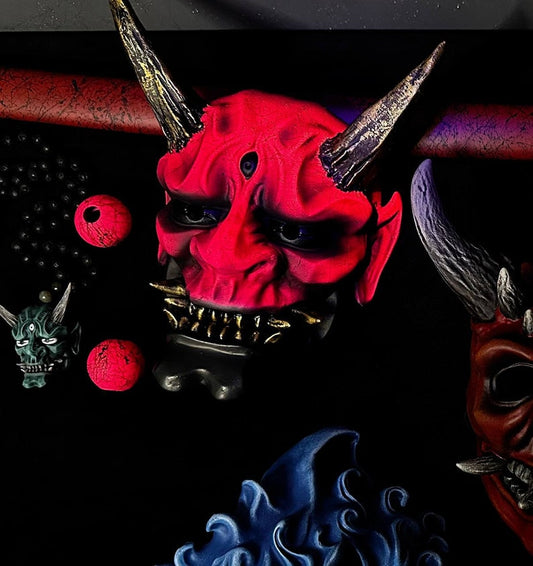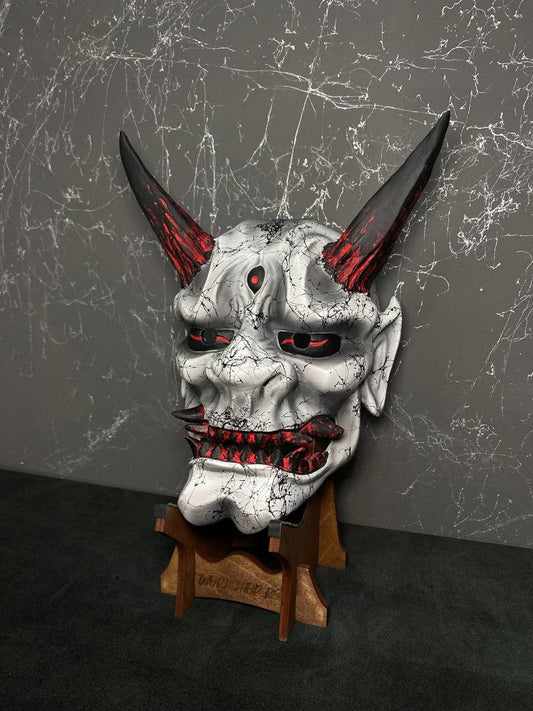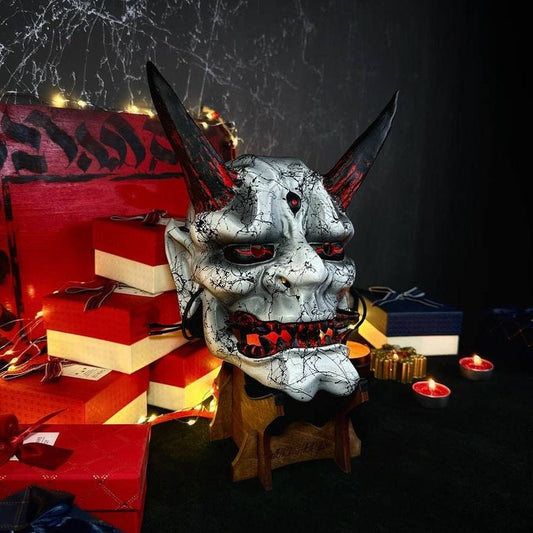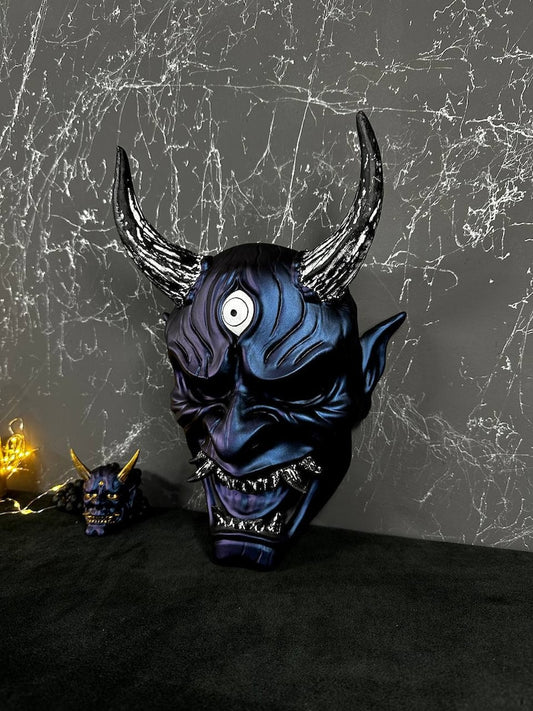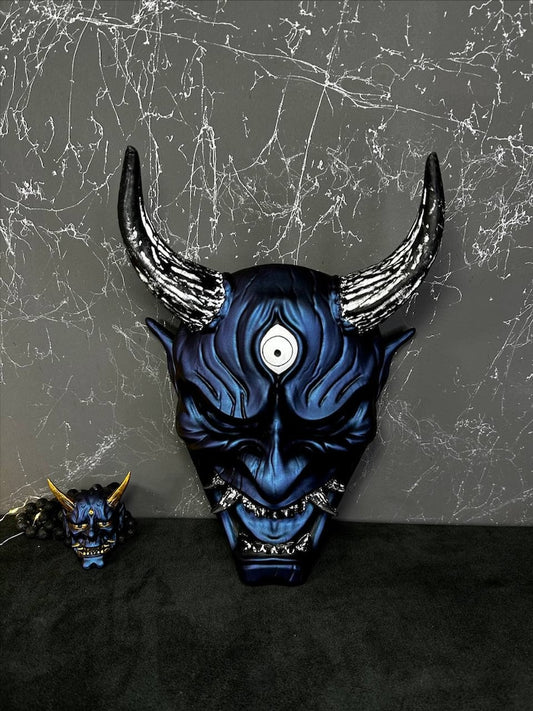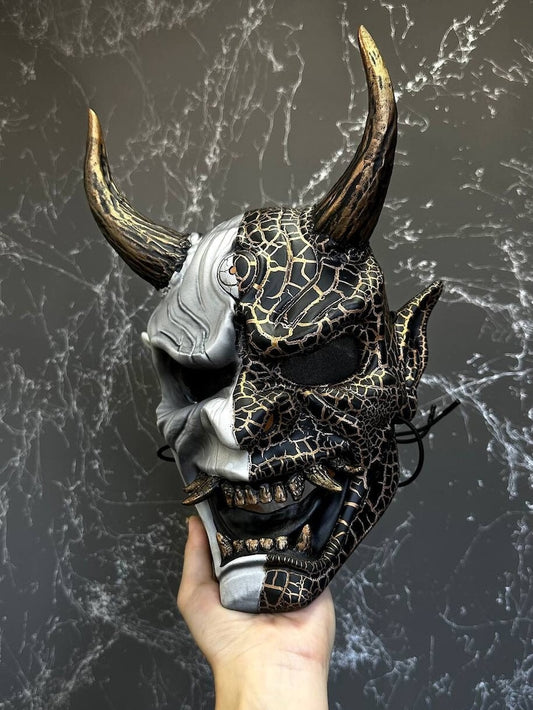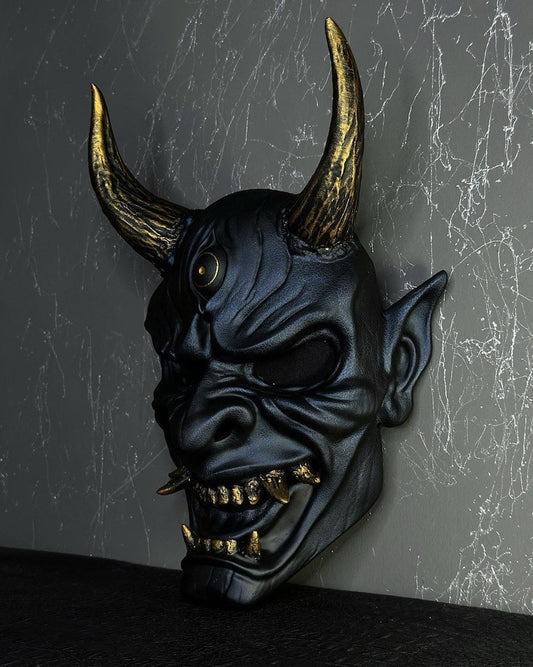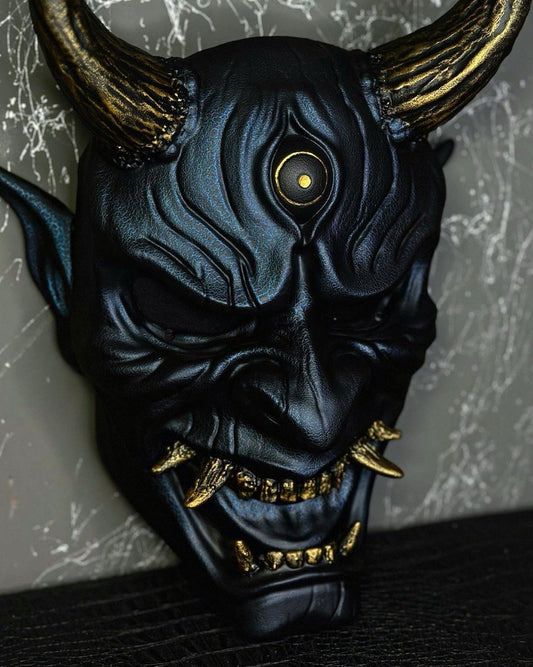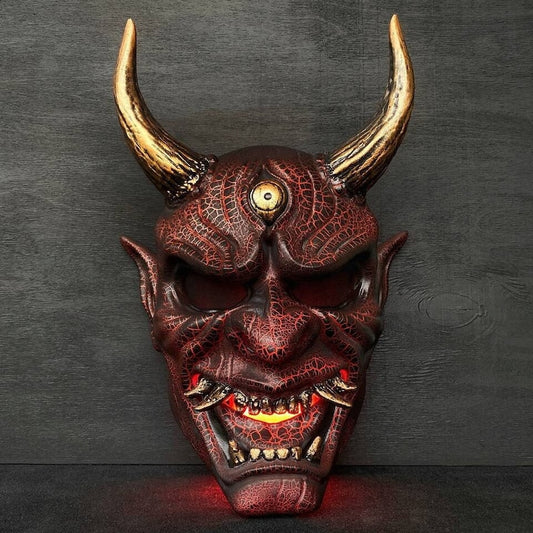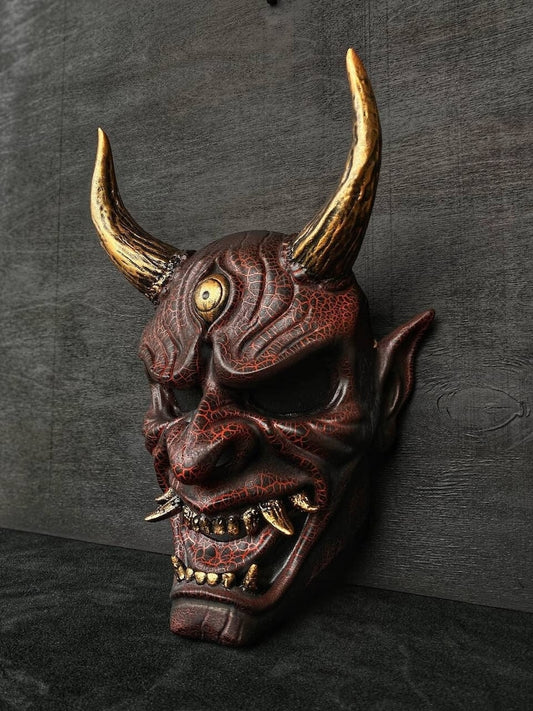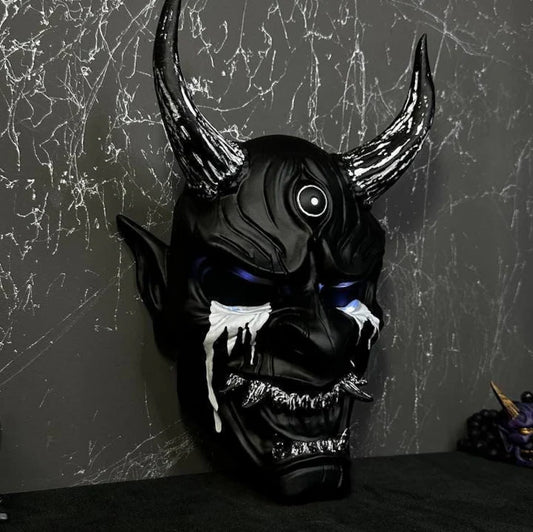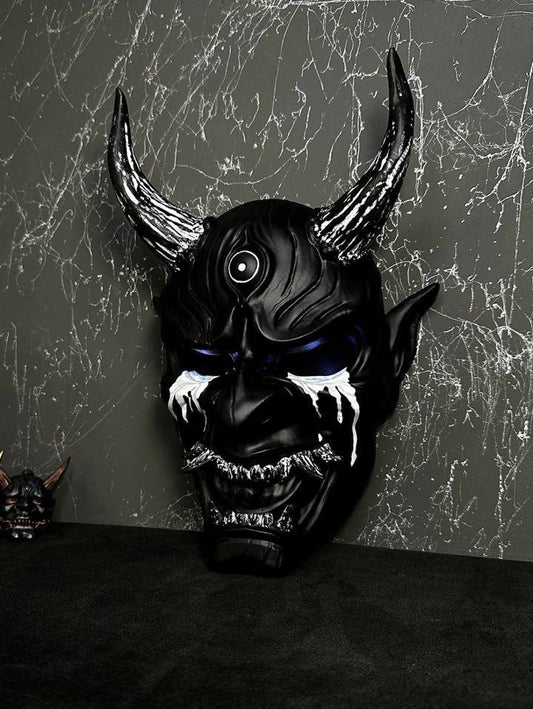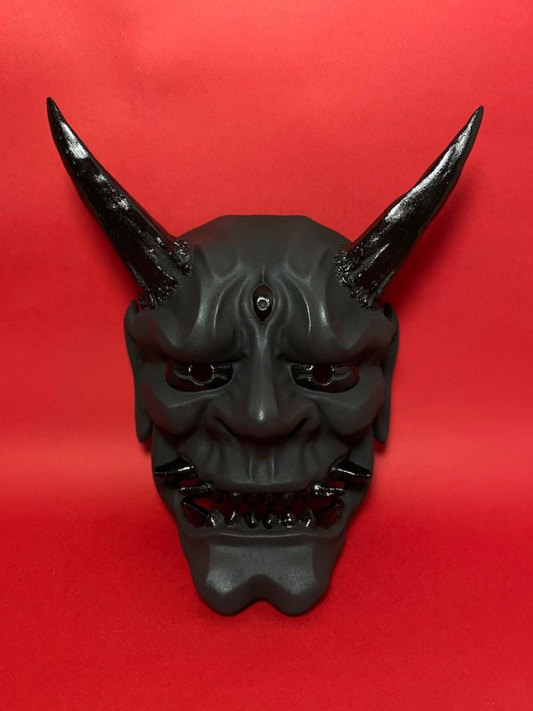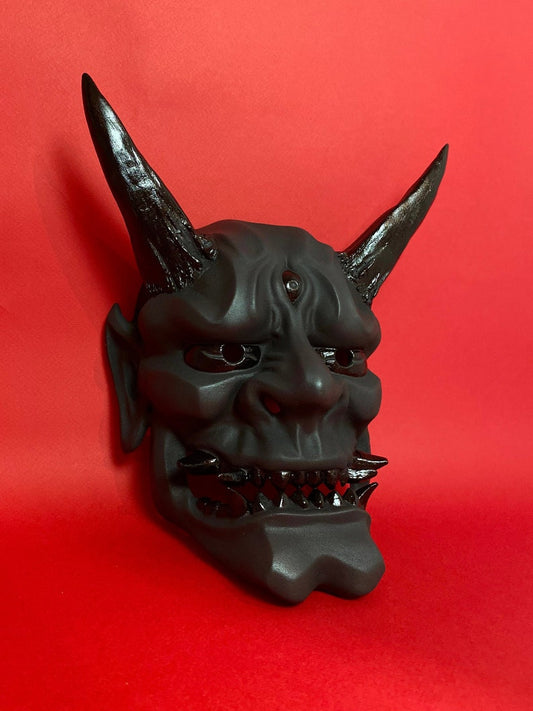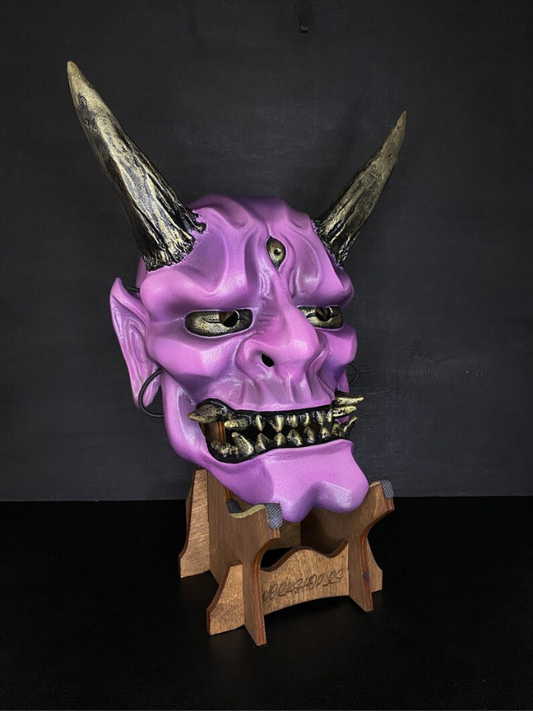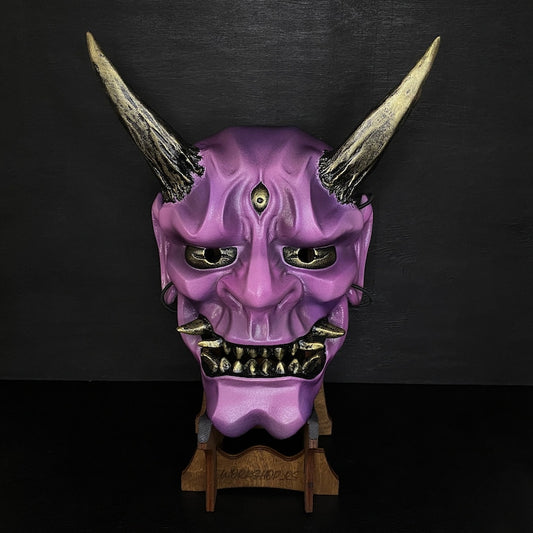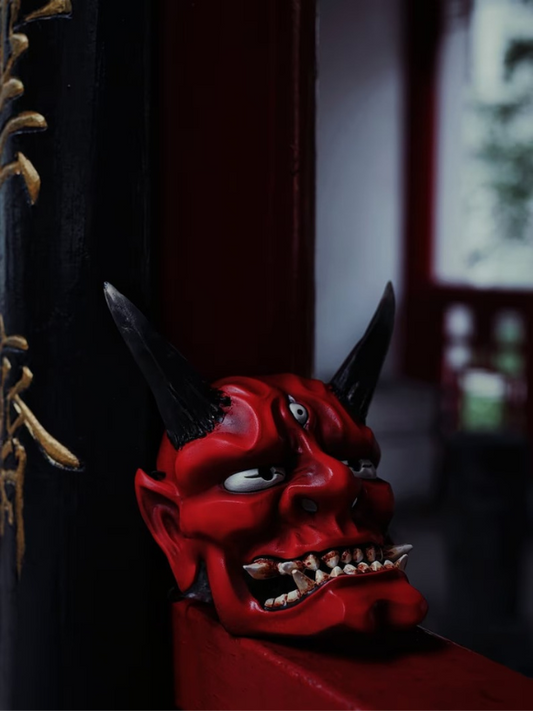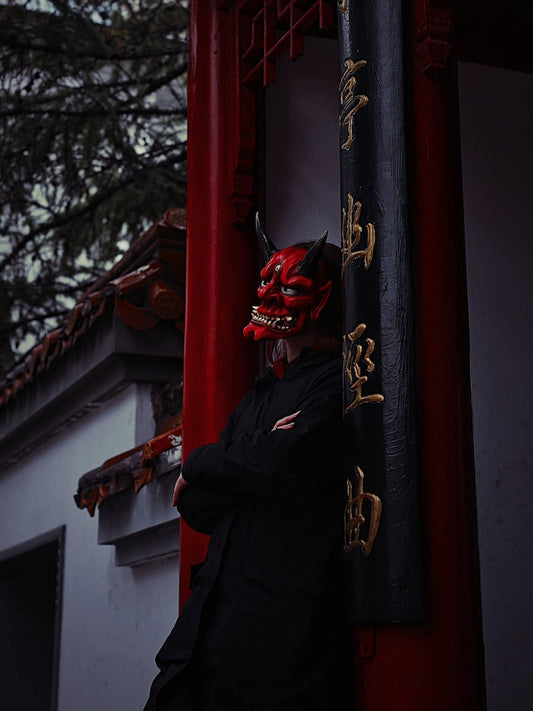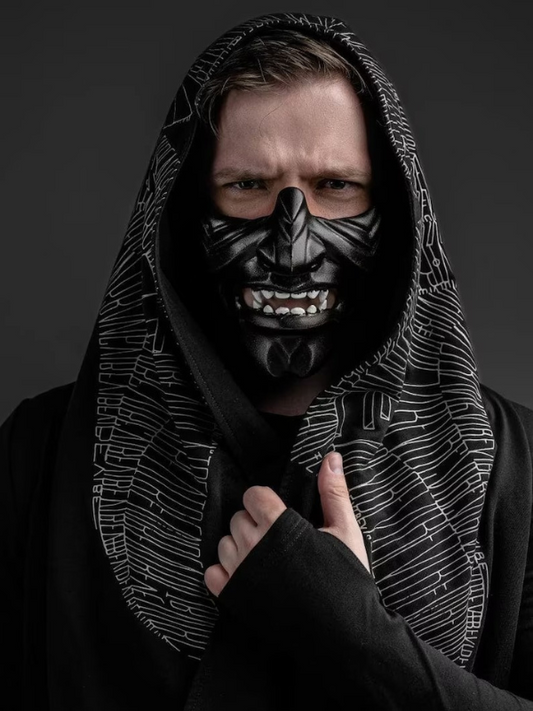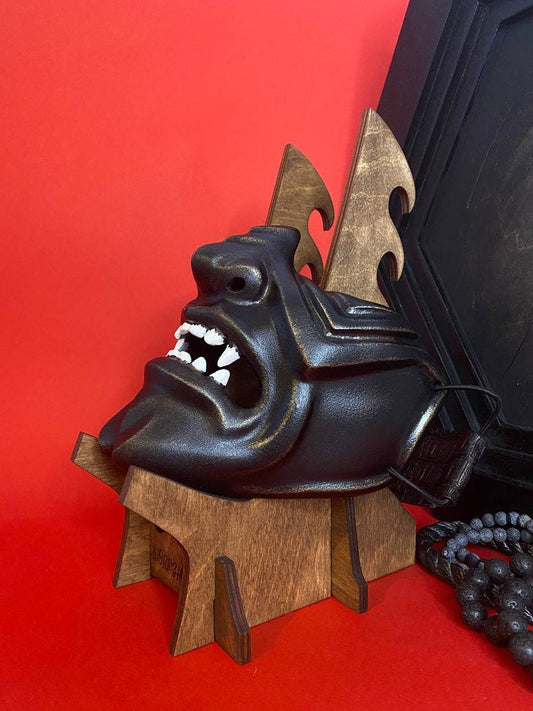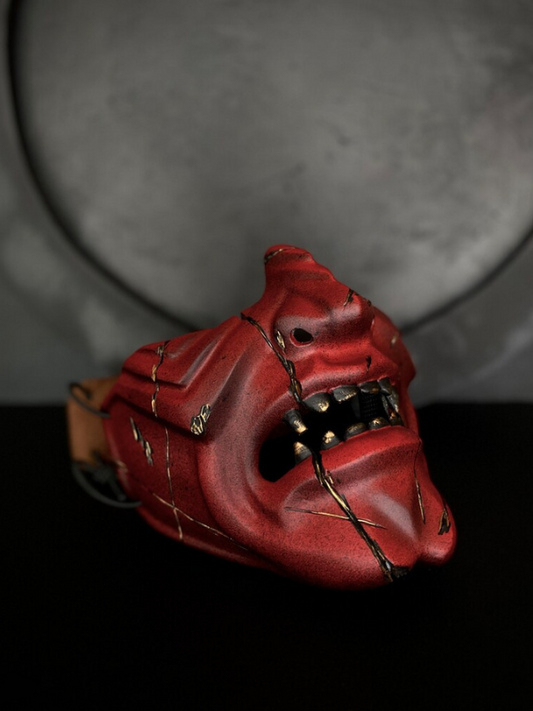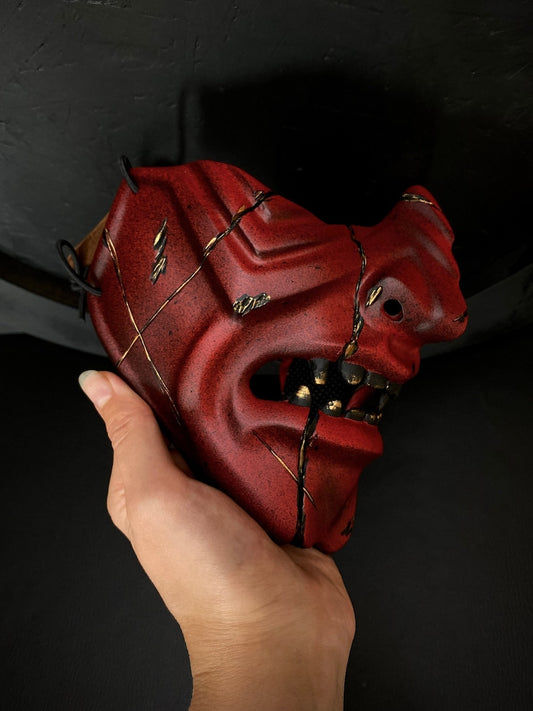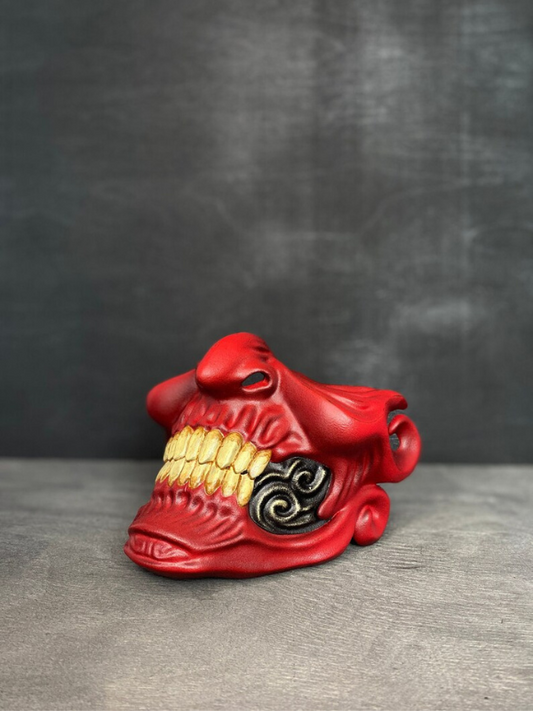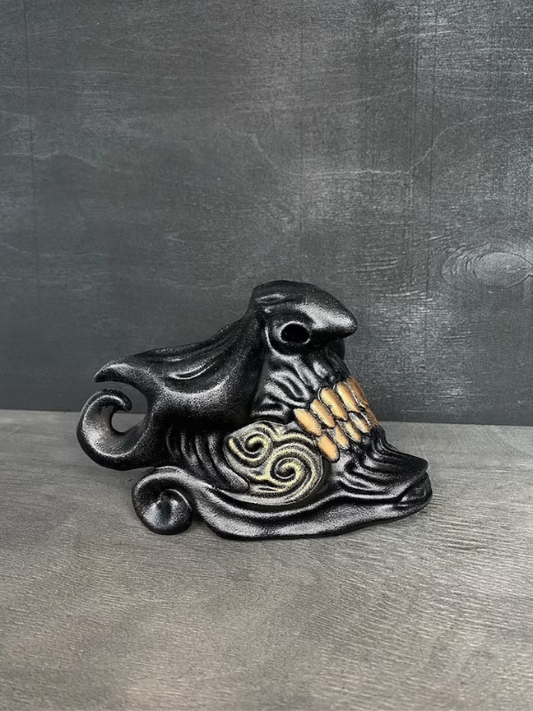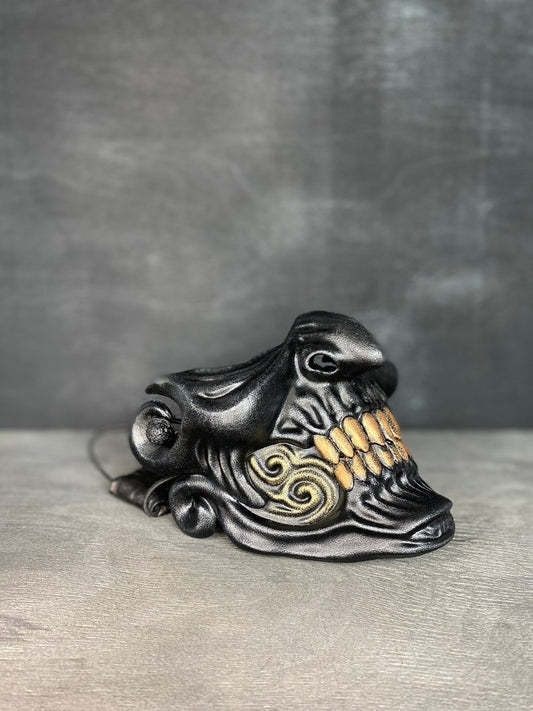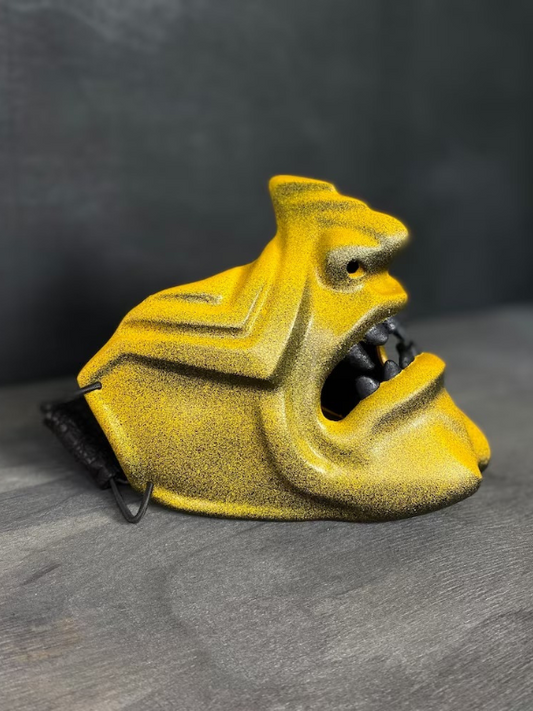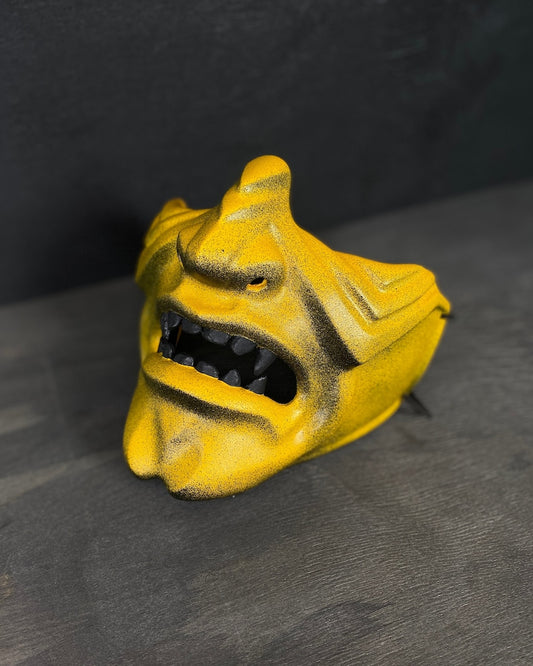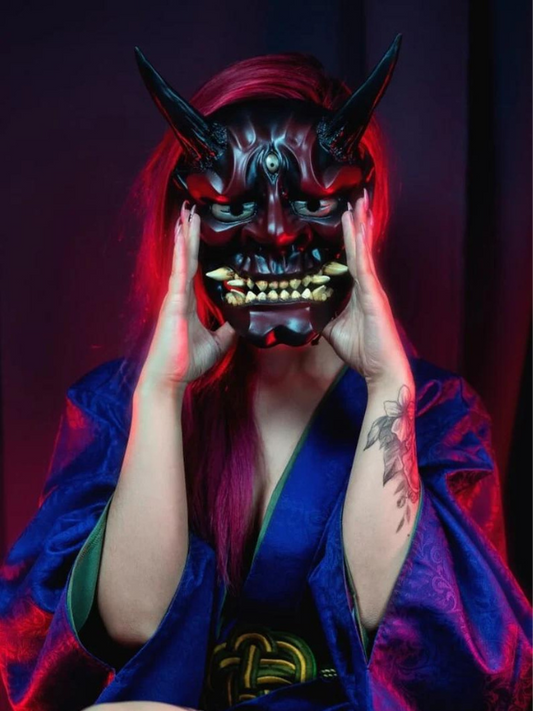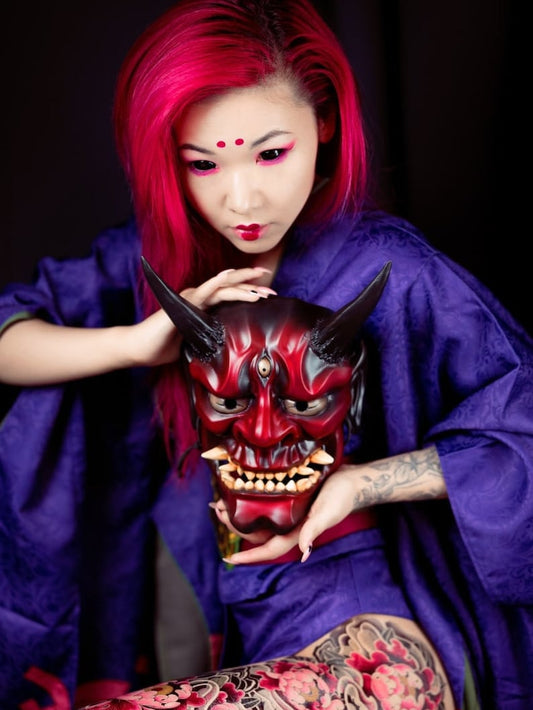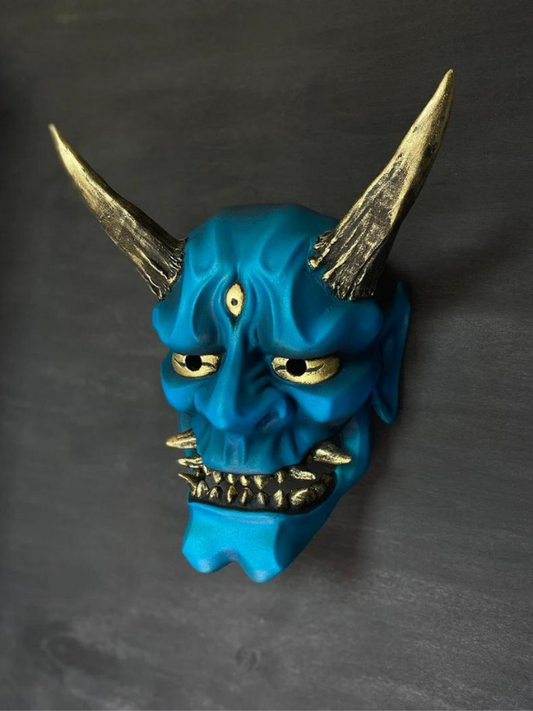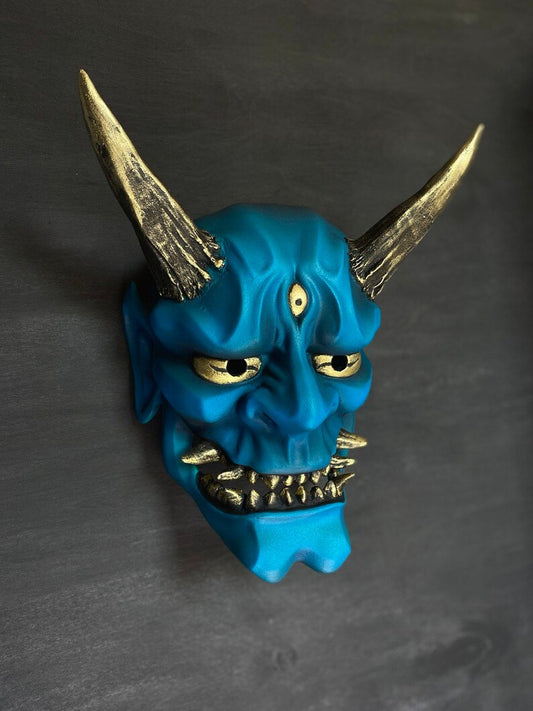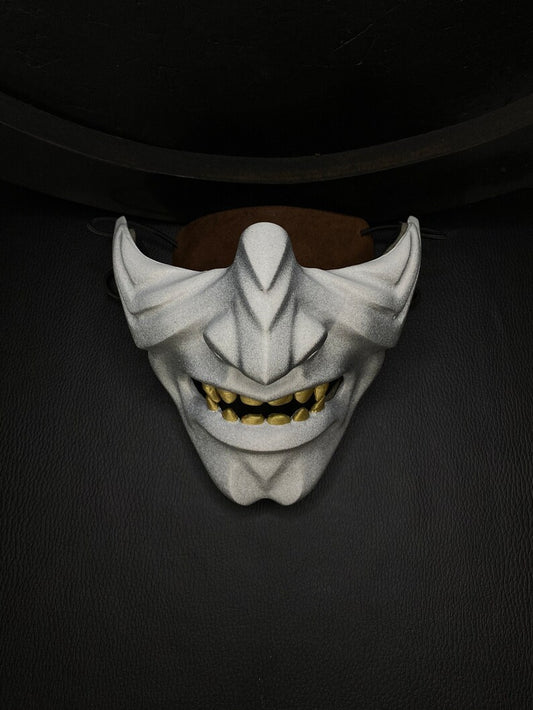Oni Masks: A Symbol of Demonology, Protection, and Theatrical Expression
Oni masks represent the fearsome and powerful demons that have long been a part of Japanese mythology and folklore. These masks evoke a sense of awe and terror, symbolizing the darker aspects of human nature and the supernatural world. In this article, we will delve into the history, design, and cultural significance of Oni masks, as well as their influence on Japanese art, theater, and popular culture.
Origins and History of Oni Masks
The concept of Oni can be traced back to ancient Japanese beliefs and religious traditions, including Buddhism and Shintoism. Oni are typically depicted as malevolent spirits or demons with immense strength, supernatural powers, and a penchant for causing mischief and suffering. Over time, the portrayal of Oni evolved, reflecting the influence of Chinese and Indian mythology, as well as the changing beliefs and values of Japanese society.
In Japanese folklore, Oni are usually depicted as malevolent, supernatural creatures known for causing disasters, disease, and other unpleasant things. They are traditionally represented as hulking ogres with sharp claws, wild hair, and two long horns growing out of their heads. However, they can also be protective if properly appeased, symbolizing the dual nature of good and evil.
In the realm of traditional Japanese theater, especially in Noh and Kyogen, Oni masks are used to depict antagonists in the plays. Performers wearing these masks present dramatic tales, often delivering moral lessons about the consequences of evil deeds or the importance of compassion and bravery.
Beyond theater, Oni masks also play a role in various rituals and festivals. During Setsubun, a traditional festival marking the start of spring, people wear Oni masks and throw soybeans to chase away the evil spirits and bring good luck.
In modern times, Oni masks have become a popular choice in tattoo art, where they are believed to ward off bad luck and evil spirits. They also appear in celebrations, cosplay events, and as decorative pieces, offering a visual reminder of the cultural richness and vibrant folklore of Japan.
Design and Meaning of the Oni Mask
Oni masks are designed to capture the menacing and fearsome appearance of the demons they represent. The masks typically feature a vivid red or blue face, large horns, bulging eyes, and sharp fangs, creating an image that is both captivating and terrifying.
The colors used in Oni masks hold symbolic significance, with red symbolizing passion, anger, or danger, and blue representing negative emotions such as jealousy or malice.
Some Oni masks also incorporate elements such as wild hair, exaggerated facial features, or additional eyes or horns, which further emphasize the creature's otherworldly and malevolent nature.
The Oni mask, crafted from materials like clay, wood, or paper-mâché, vividly encapsulates these characteristics. It typically exhibits a ferocious expression with glaring eyes, a wide mouth often bearing fang-like teeth, and horns.
The mask is usually painted in vibrant colors, with red and blue being common choices. A red Oni mask often symbolizes anger and a blue Oni mask can symbolize the spirit of a vengeful ghost.
Roles and Significance in Japanese Culture
- Theater: Oni masks play an important role in traditional Japanese theater, such as Noh and Kabuki, where they are used to portray demonic or antagonistic characters. The masks' fearsome appearance and intricate design allow the performers to evoke the dark and mysterious world of Japanese mythology and the supernatural forces that inhabit it.
- Festivals: Oni masks are also prominently featured in Japanese festivals, such as the Setsubun Festival or the Oni Matsuri. During these events, participants don the masks and engage in dances, processions, and rituals to ward off evil spirits and protect their communities from misfortune.
- Religious Ceremonies: In Japanese religious traditions, Oni are often viewed as protectors against evil forces or as punishers of the wicked. Oni masks are used in ceremonies and rituals at temples and shrines, with participants wearing the masks to invoke the power of the Oni and seek their protection or guidance.
- Art and Crafts: The striking design and cultural significance of Oni masks have made them a popular subject in Japanese art, with artists creating paintings, woodblock prints, and sculptures featuring the iconic masks. Oni masks are also sought after as collectible items and decorative pieces, reflecting their status as symbols of Japan's rich cultural heritage and mythology.
- Popular Culture: In modern Japan, Oni masks continue to captivate audiences, with their imagery appearing in manga, anime, and film. The masks have also become a popular accessory in fashion and cosplay, allowing enthusiasts to express their creativity and pay homage to Japanese tradition.
Oni masks are a powerful symbol of the alluring and fearsome world of Japanese mythology, embodying the complex and mysterious nature of the demons that have captured the imagination of the Japanese people for centuries.
Through their presence in theater, festivals, and art, Oni masks continue to inspire and captivate audiences worldwide, serving as a testament to the enduring appeal and cultural significance of these mythical creatures.


